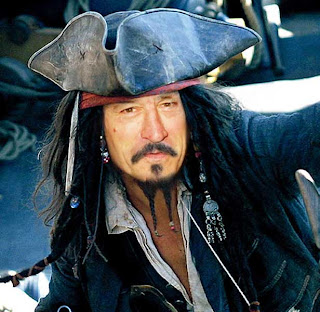Original.
Image 1 - Posterized and Halftone.
Image 2 - Posterized, Halftone and Gradient.
Original.
Image 3 - Posterized & Halftone.
Image 4 - Posterized, Halftone and Gradient.
Image 5 - Posterized, Halftone and Gradient with Blending Mode - Screen.
To achieve these effects, I firstly used posterizing to reduced the image to just a few colours, in this case 5.
I then, used halftone mode achieve the 'pixel' or 'spotted' effect.
Next, I used layer blending modes and changed the greyscale layer to overlay. This was to bring through the colour.
Lastly, for my second and forth images I added a rainbow style gradient to add colour. I put this layer in between the greyscale and normal layers. I also changed the opacity of the gradient layer, so the colour was less intense, but left the blending mode on 'normal'.
My favourite image is Image 1, I think it works better without the Rainbow Gradient.
I also really like Image 5, where I changed the blending mode of the gradient layer to 'screen', it makes it seem like it was a really sunny and bright day.































